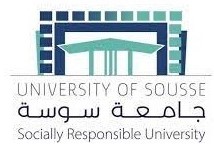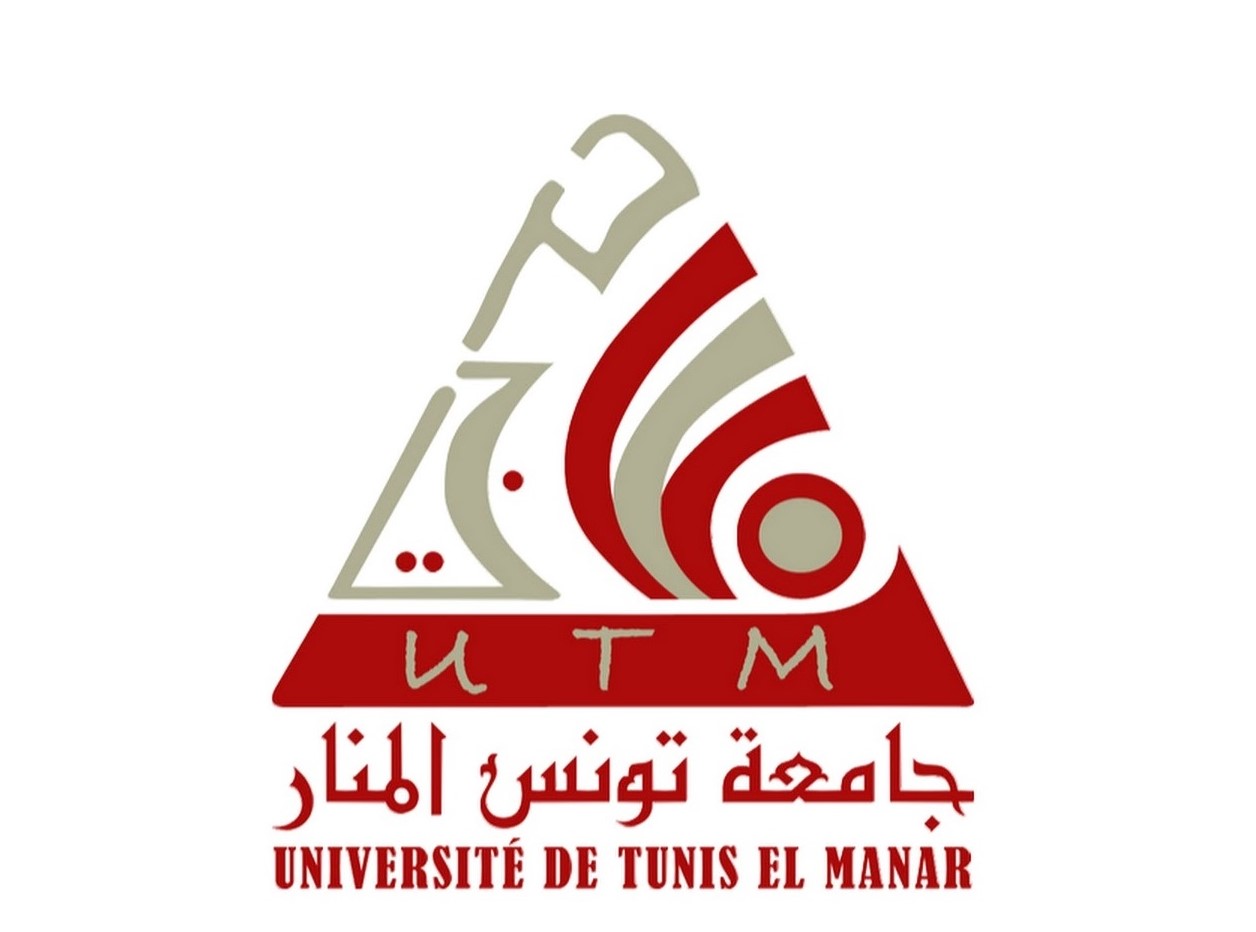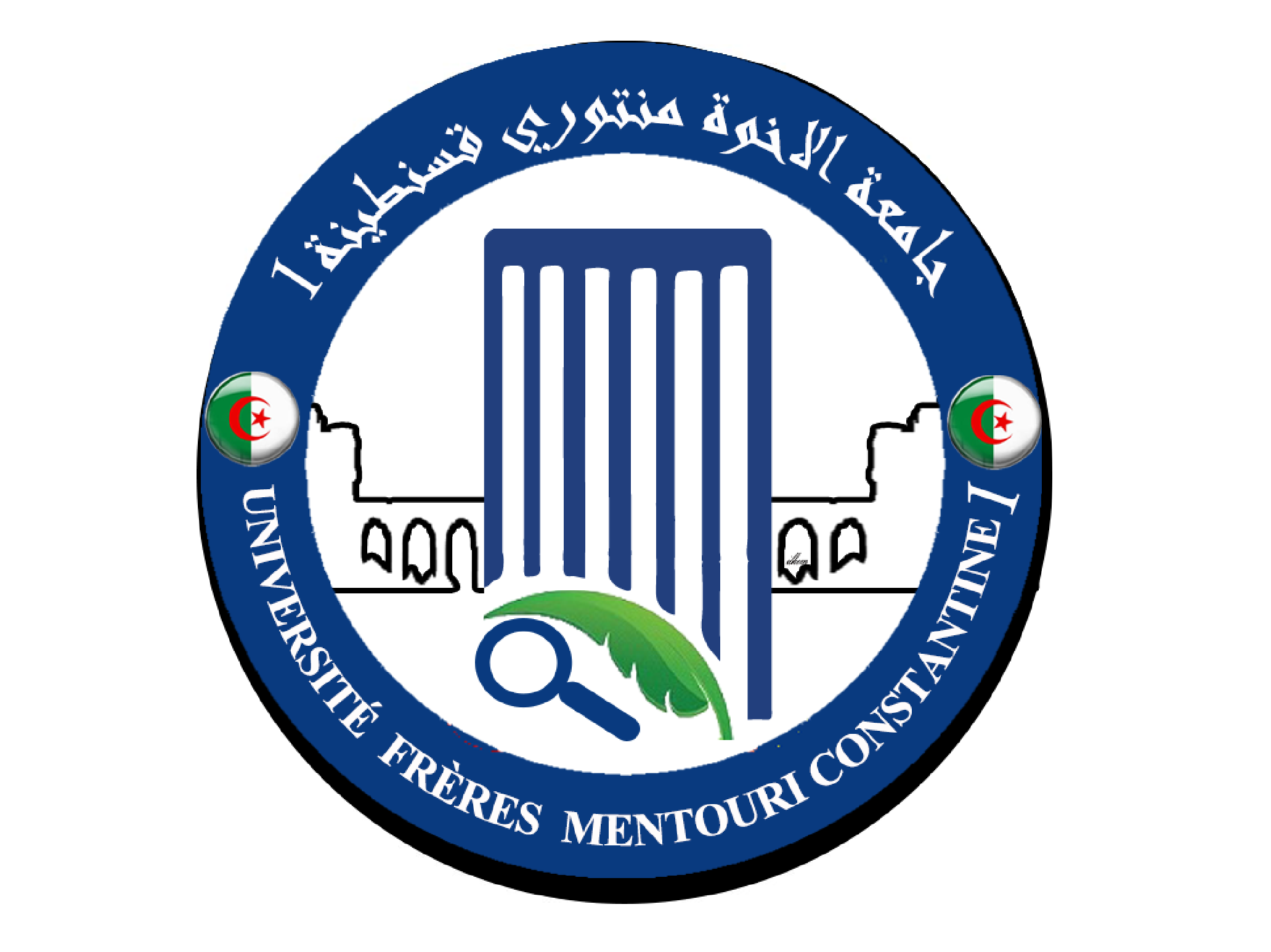Not only does it represent a source of injustice towards women, but it normalizes other forms of discrimination. Gender inequality also deprives HEIs and society of half of their intellectual capital and human resources, preventing optimal decision making that takes into account the needs of both men and women.
The European Union and the partner HEIs in this project, as well as their governments, have adopted laws, policies, regulations, and other binding texts to ensure gender equality, such as prohibiting gender discrimination and requiring equal pay for equal work.
And indeed, in the higher education institutions in the countries involved in this project, it would appear that on the basis of gender parity and salary levels, there is equality: by law, women earn the same salary as their male counterparts for the same positions. And in most cases, there are more women than men not only among students, but also among administrative and teaching staff. By these measures of equality, women are equal to men in higher education institutions.
The problem is therefore not one of equal pay, but rather one of recruitment to the highest positions: women are discriminated against, often due to implicit biases and prejudices of which the holders are not even aware, because of their cultural and social conditioning. It has been scientifically proven that women candidates with the same profile are evaluated more severely than their male counterparts.
The fact that these prejudices and biases are unconscious makes them particularly pernicious: many people take offense when it is suggested that they might discriminate against women (and research has shown that those who admit this possibility are less likely to do so).

To make matters worse, the very existence of laws and regulations to ensure HFE means that many people are convinced that the issue has been successfully addressed, at least in institutions of higher education, and that there is no reason to continue to be concerned about the issue.
Yet again, research clearly shows that discrimination against women persists, even in professions or disciplines where parity has been in place for several years.
In addition, violence and harassment against women are widespread and constitute a real obstacle to their promotion. However, due to a combination of cultural, social, legal, administrative and other issues, such cases are very rarely reported - they are therefore generally considered rare or non-existent ("in our culture we respect women").

To change this situation and increase the proportion of women in senior university positions, extensive awareness, training and evaluation are needed, as well as effective policies and processes to address sexual harassment and incivility - at all levels of our HEIs, and especially among decision-makers and members of hiring committees. It is not enough for a few people to be aware of the problems and to advocate against them: their action must be supported by an institutional framework that offers them the political and logistical support of university governance structures.
In this project, we propose to work together, in a structured and deliberate approach, to develop and implement actions in the five areas mentioned in the previous paragraph that will lead to real gender equality at all levels of the university hierarchy and will be optimized through peer learning and exchange.
But these data mask a deeper inequality, which concerns the power of women: while women are clearly in the majority in the lowest categories (secretaries, assistants), they become rarer as one moves up the hierarchy (heads of department, laboratory directors, professors) and are rare or totally absent at the top of the hierarchy. This leads to salary inequality, since men are in the majority in the highest paid grades, and women are in the majority in the grades with the lowest salary scales. In addition, men are disproportionately appointed to additional positions that offer them opportunities for career advancement and/or additional income (advisory positions, work abroad, secondments, honorary or prestigious positions).












Views and opinions expressed are however those of the author(s) only and do not necessarily reflect those of the European Union or the European Education and Culture Executive Agency. Neither the European Union nor the European Education and Culture Executive Agency can be held responsible for them.